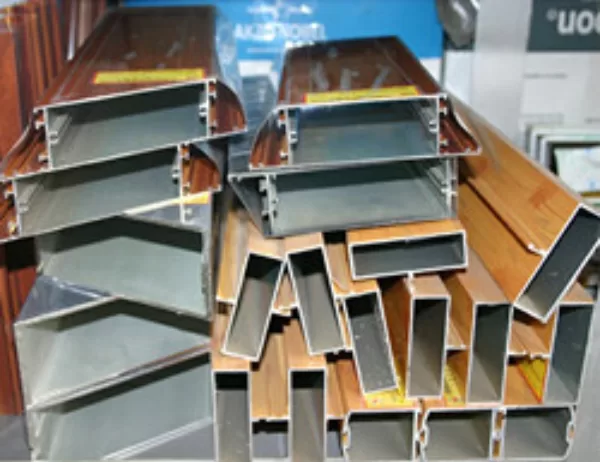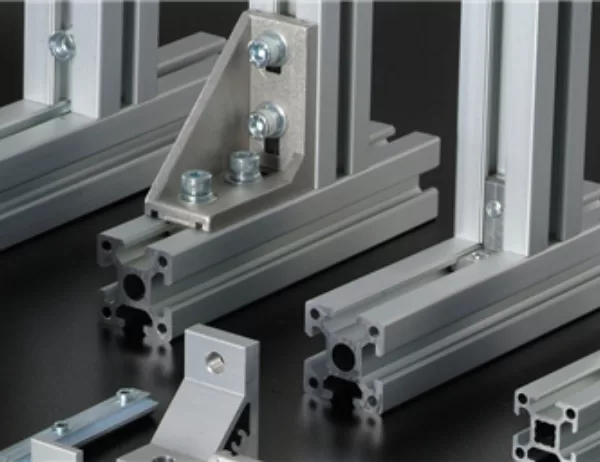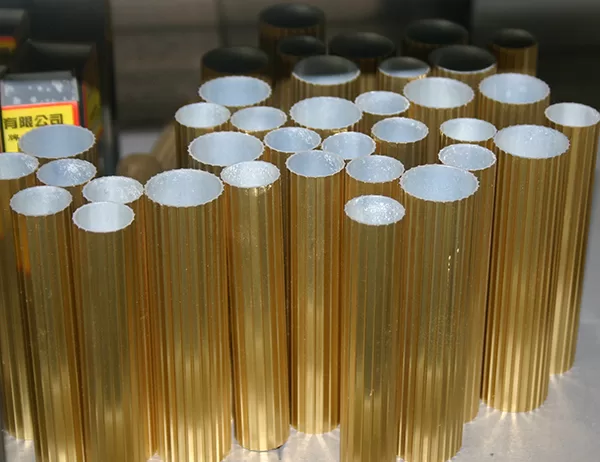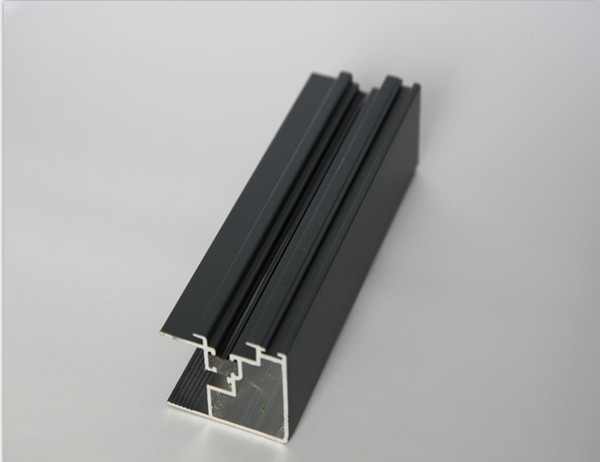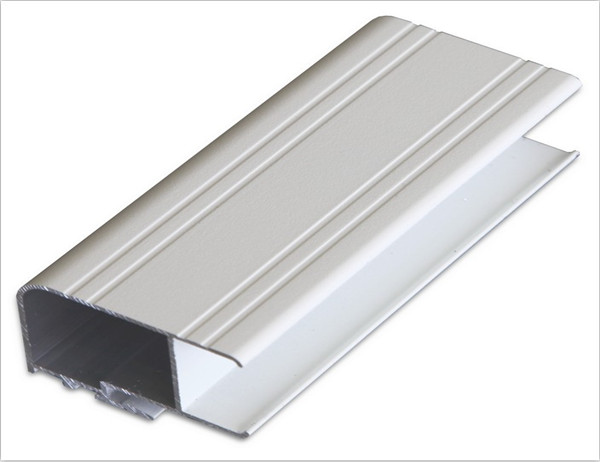The use of aluminum profiles in cabinet making has become increasingly popular due to their numerous advantages over traditional materials like wood or steel. Aluminum profiles offer a unique combination of durability, versatility, and aesthetic appeal, making them an ideal choice for creating visually stunning and functional cabinets. This article delves into the profound impact of aluminum profiles on cabinet aesthetics, exploring their key attributes and how they enhance the overall look, feel, and functionality of cabinets.
Aluminum is an exceptionally strong and corrosion-resistant material, making aluminum profiles highly durable and long-lasting. Cabinets made with aluminum profiles can withstand heavy loads, impacts, and moisture, ensuring their structural integrity and aesthetic appeal for many years to come. Their resistance to rust, warping, and fading makes them ideal for use in areas prone to humidity or moisture, such as kitchens and bathrooms.
Aluminum profiles are extremely versatile and can be customized to meet specific design requirements. They are available in a wide range of finishes, including anodized, powder-coated, and wood grain, allowing designers to create cabinets that complement any decor style. The profiles can be cut, bent, and joined in various configurations to accommodate different cabinet shapes, sizes, and storage needs. This versatility makes aluminum profiles suitable for both modern and traditional cabinetry, adding a touch of elegance and sophistication to any space.
Aluminum profiles offer a sleek and contemporary aesthetic that adds a touch of sophistication to cabinets. The clean lines and smooth surfaces of aluminum profiles create a modern and minimalist look, while the ability to incorporate different finishes and textures adds depth and visual interest. Aluminum profiles can be used to accentuate cabinet edges, create decorative handles, or serve as functional drawer runners, enhancing the overall design and functionality of cabinets.
The use of aluminum profiles in cabinet making can lead to improved ergonomics and accessibility. Aluminum profiles can be used to create pull-out shelves and drawers that glide smoothly and effortlessly, making it easier to access items stored within cabinets. Additionally, the lightweight nature of aluminum profiles allows for the creation of larger cabinet doors that are easier to open and close, reducing strain and increasing convenience.
Aluminum profiles are an environmentally sustainable choice for cabinet making. Aluminum is a recyclable material, ensuring that discarded cabinets can be recycled and reused. The use of aluminum profiles can also reduce the amount of wood used in cabinet construction, contributing to the preservation of forests and the promotion of a more sustainable approach to manufacturing.
The impact of aluminum profiles on cabinet aesthetics is profound. Their exceptional durability, versatility, sleek appearance, improved ergonomics, and environmental benefits make them an ideal choice for creating visually stunning and functional cabinets that enhance any space. By utilizing the unique properties of aluminum profiles, designers and manufacturers can create cabinetry that not only meets practical storage needs but also elevates the visual appeal and overall aesthetics of any room. As the demand for modern and sustainable cabinetry continues to grow, aluminum profiles are poised to play an increasingly significant role in the future of cabinet design and aesthetics.
